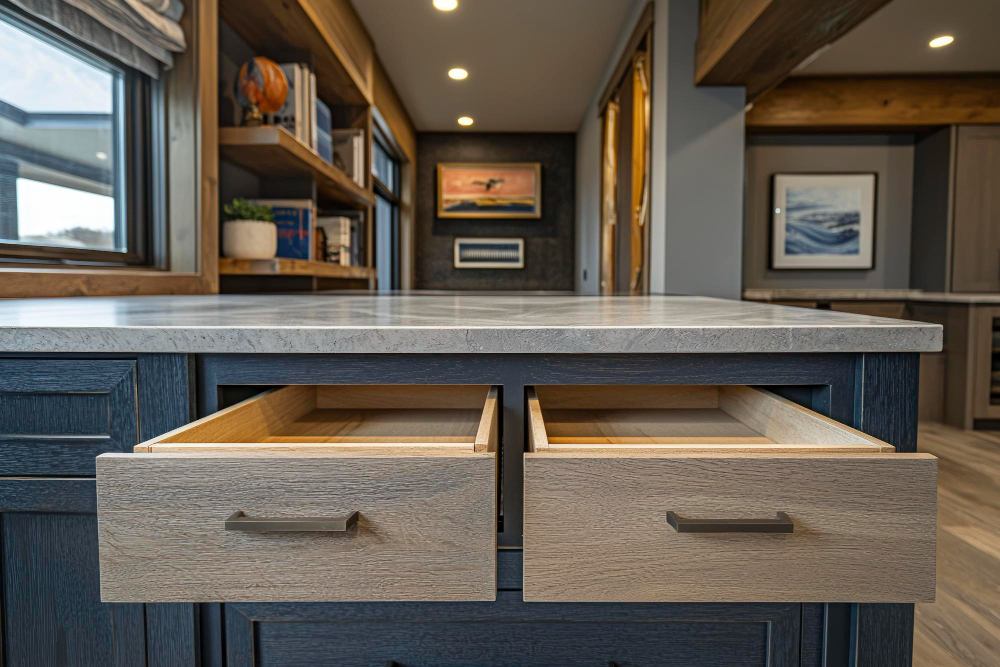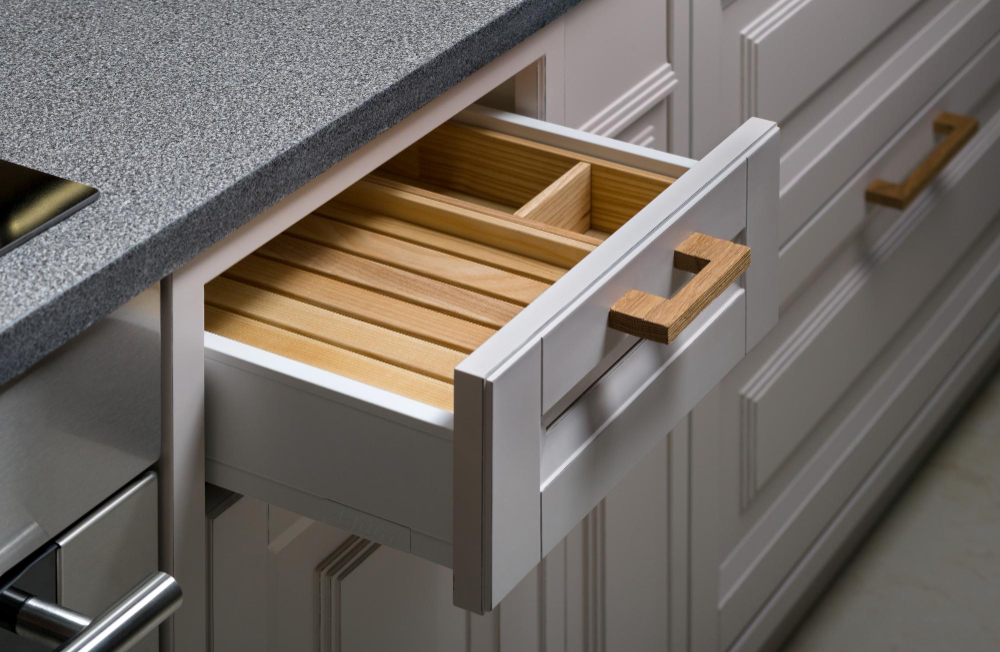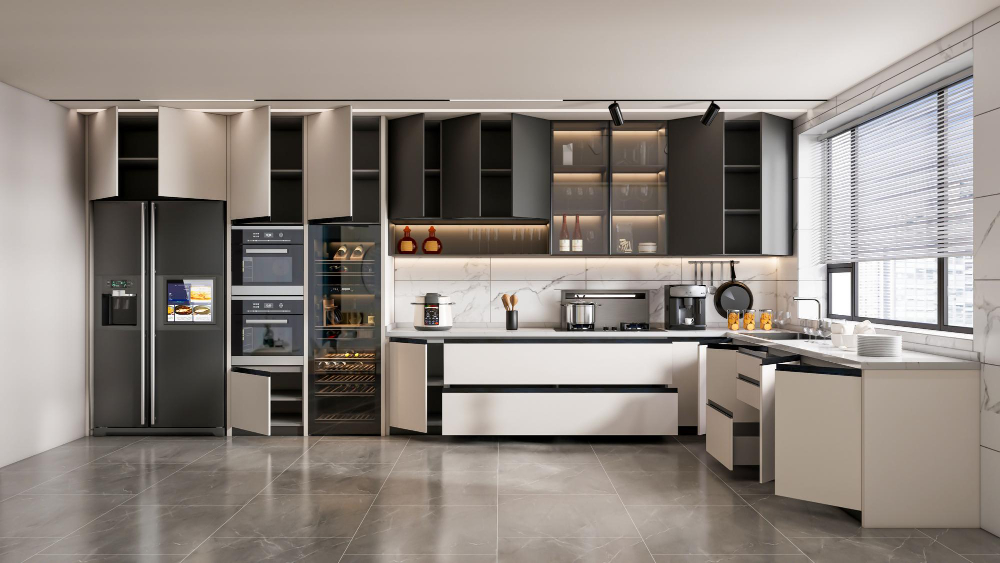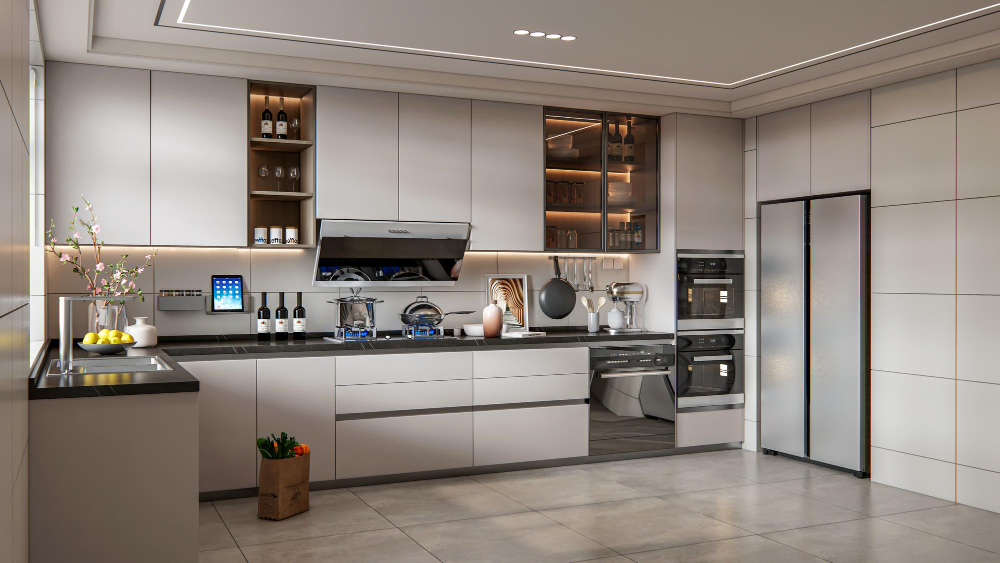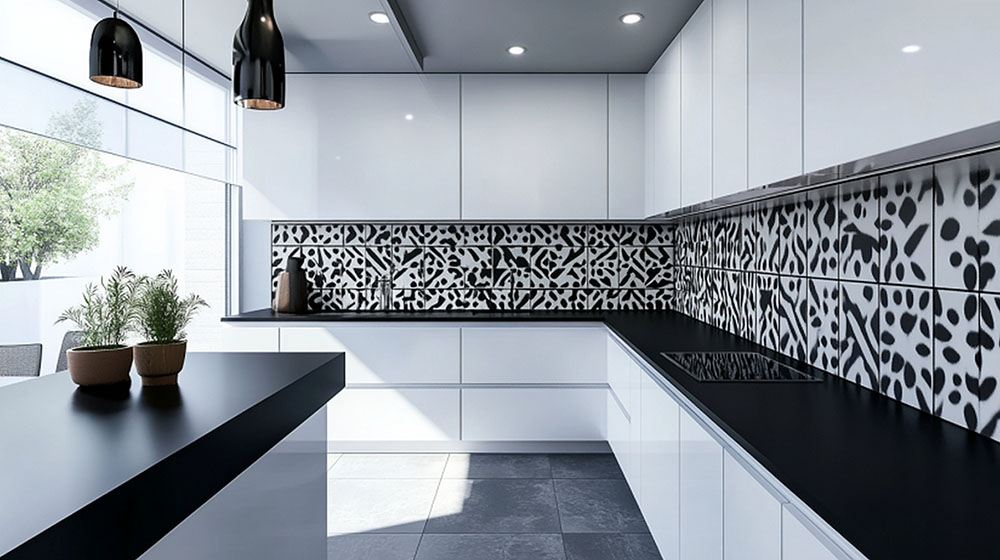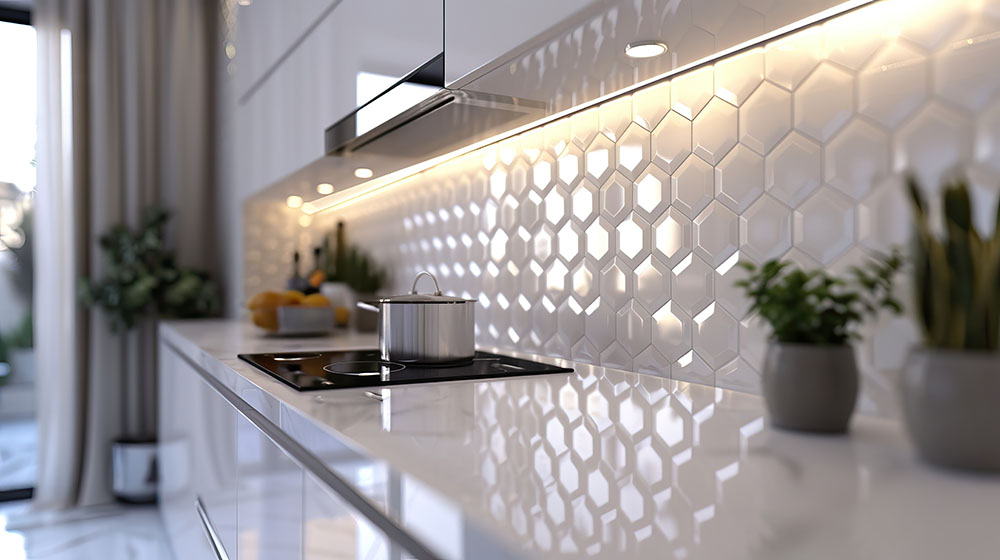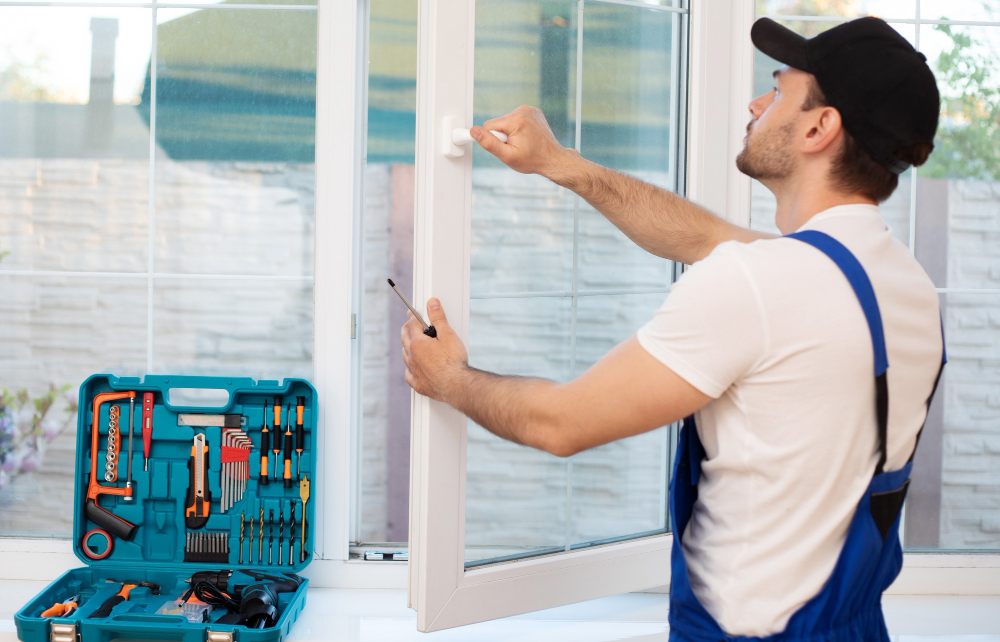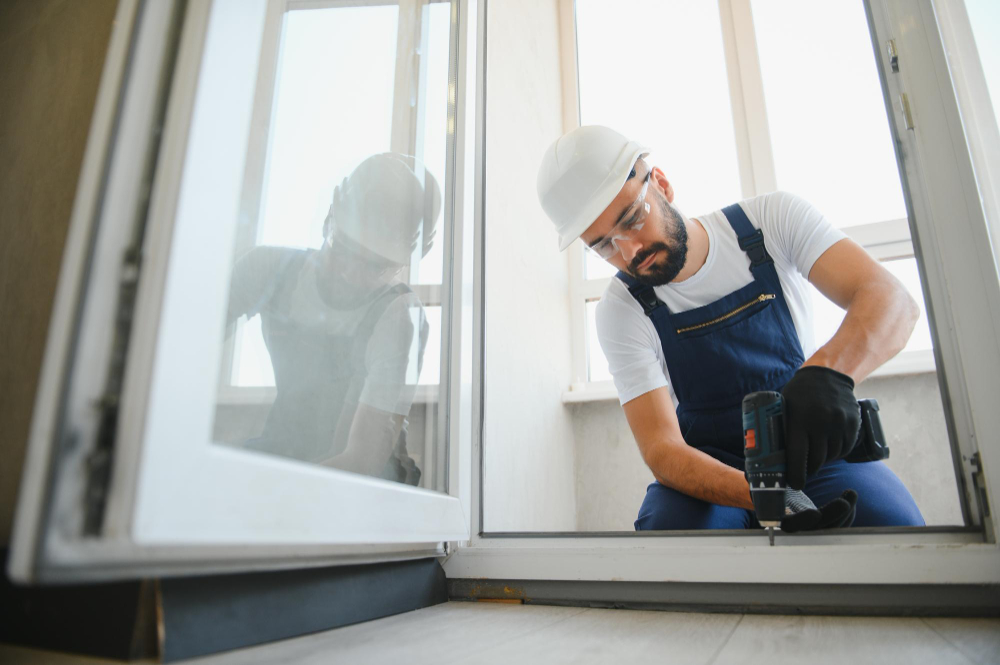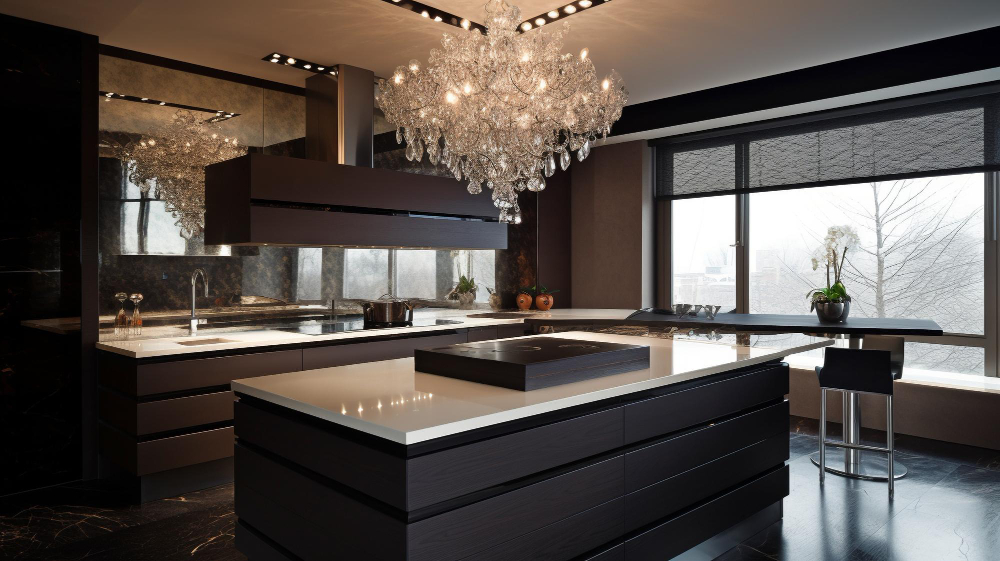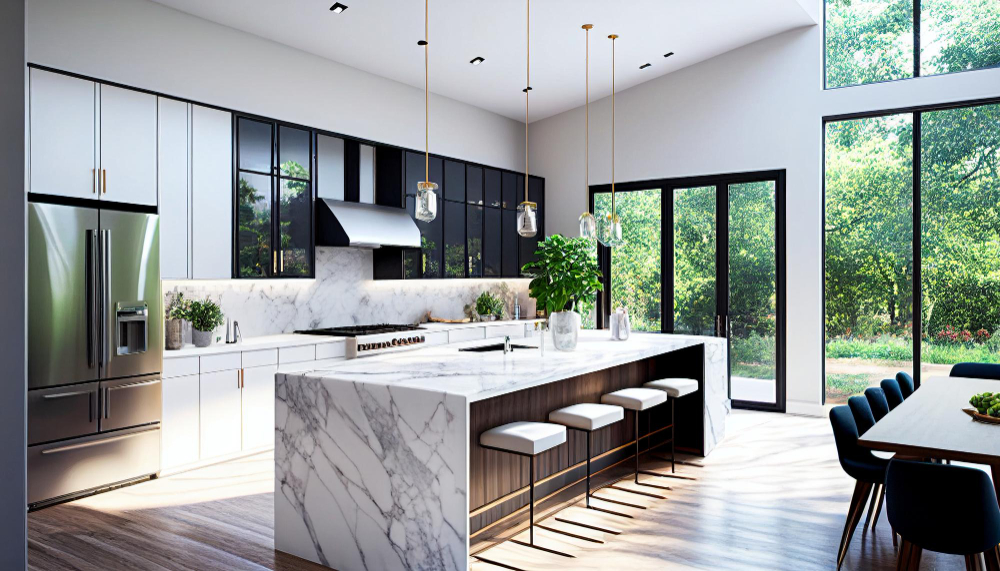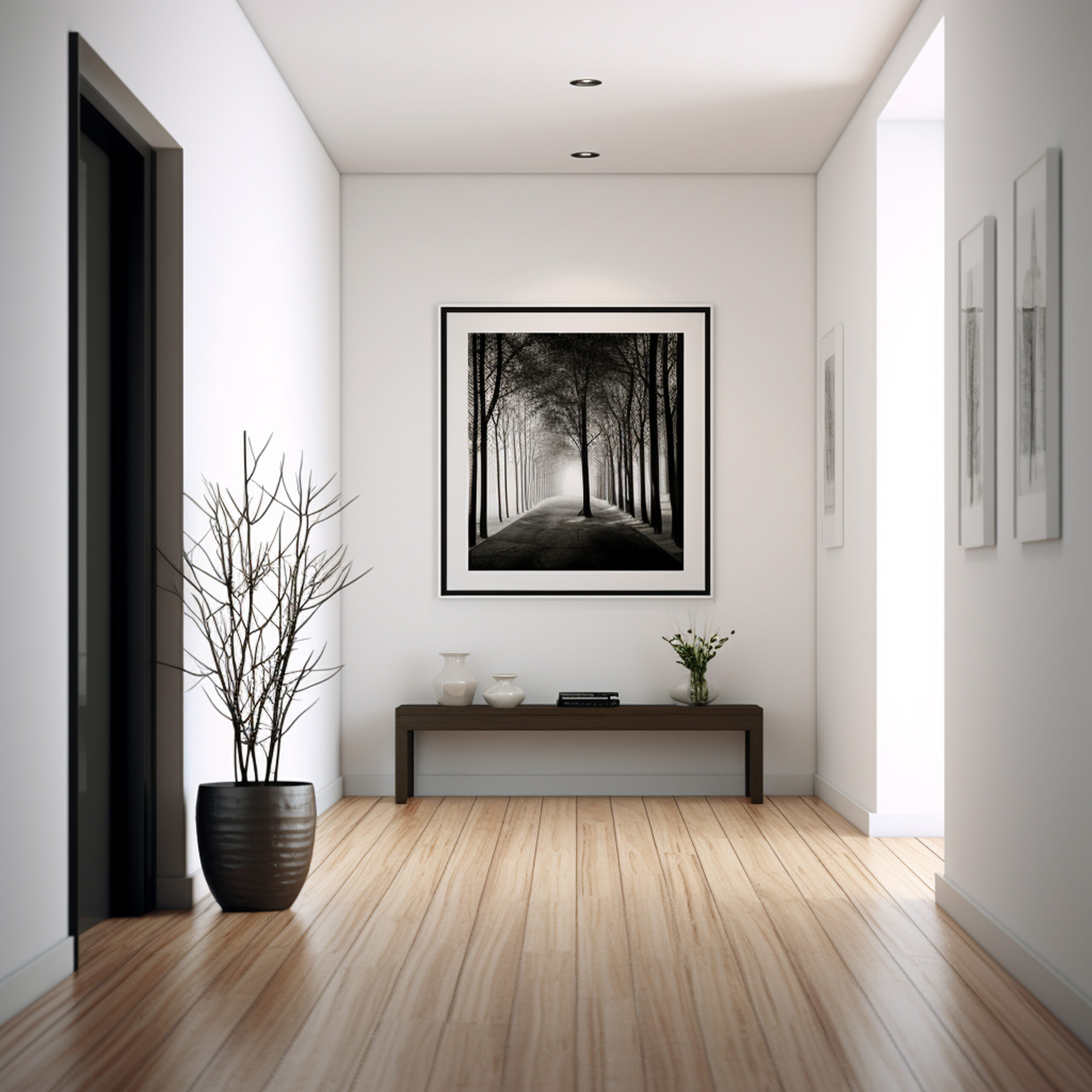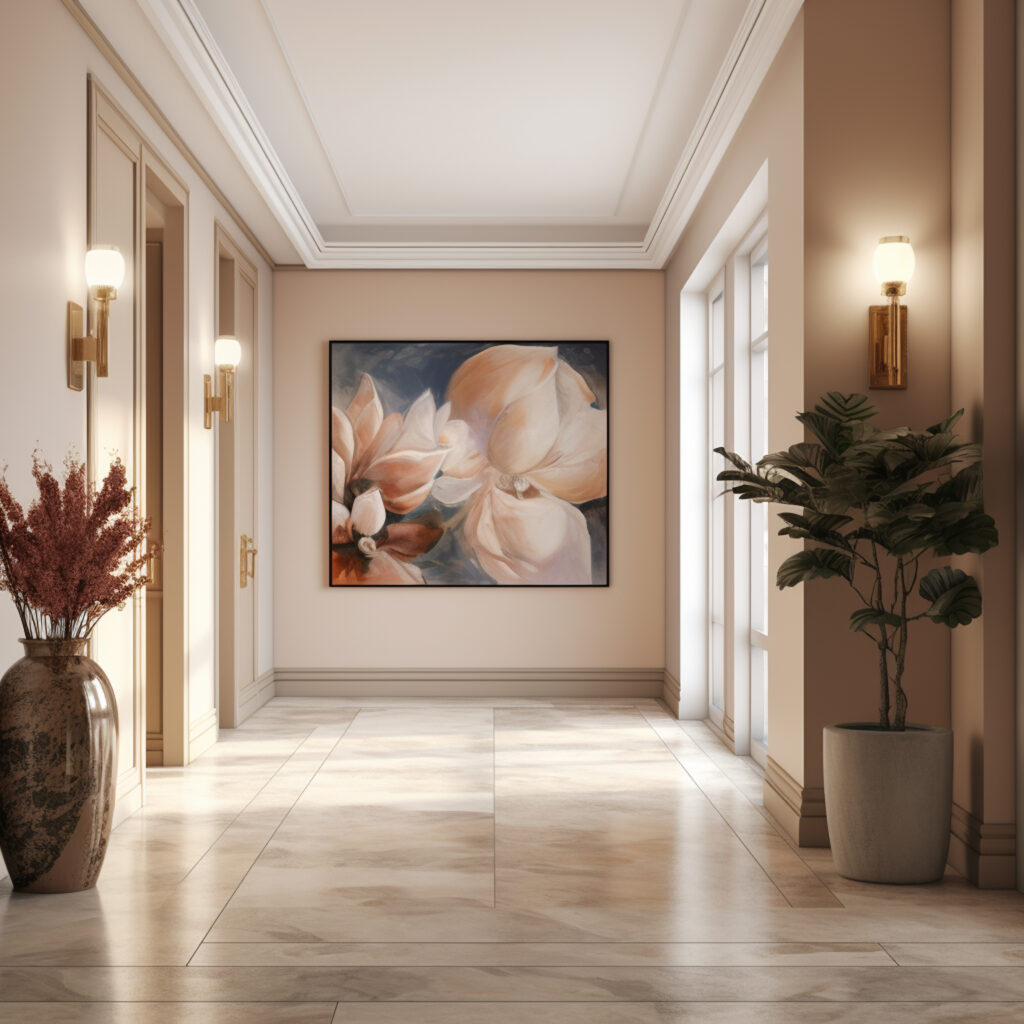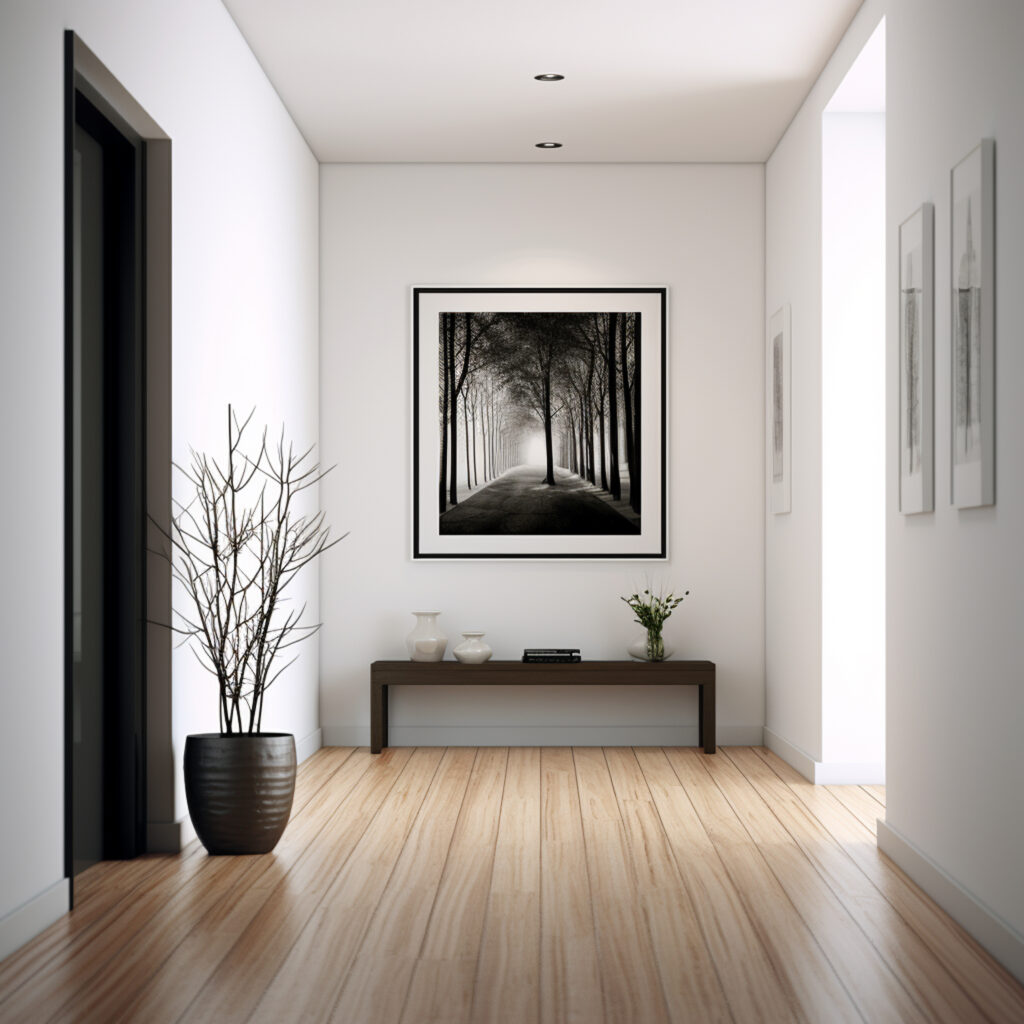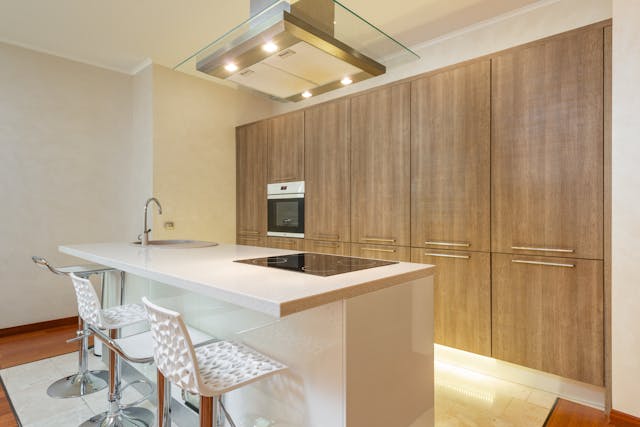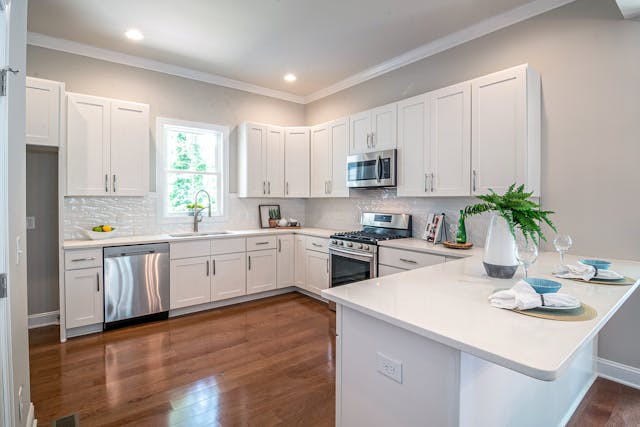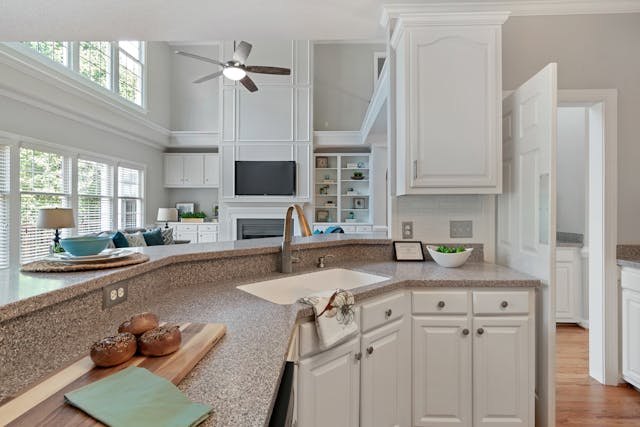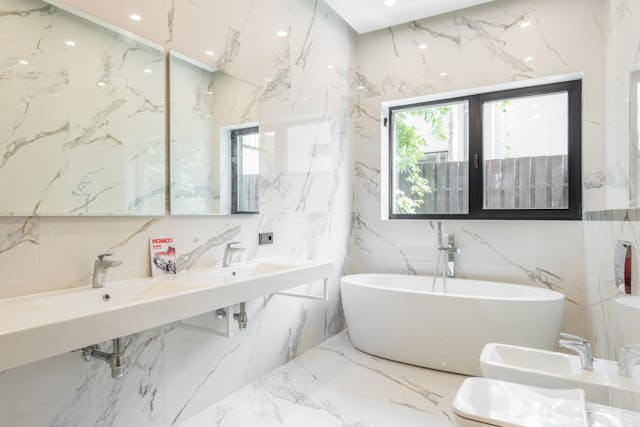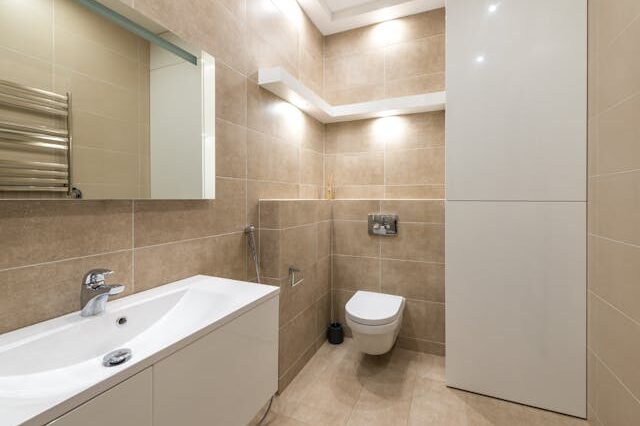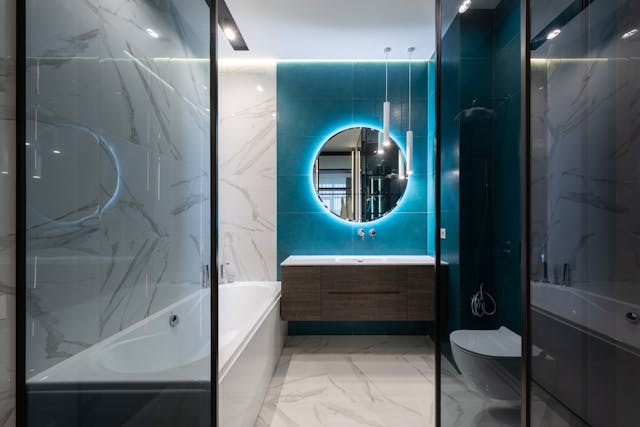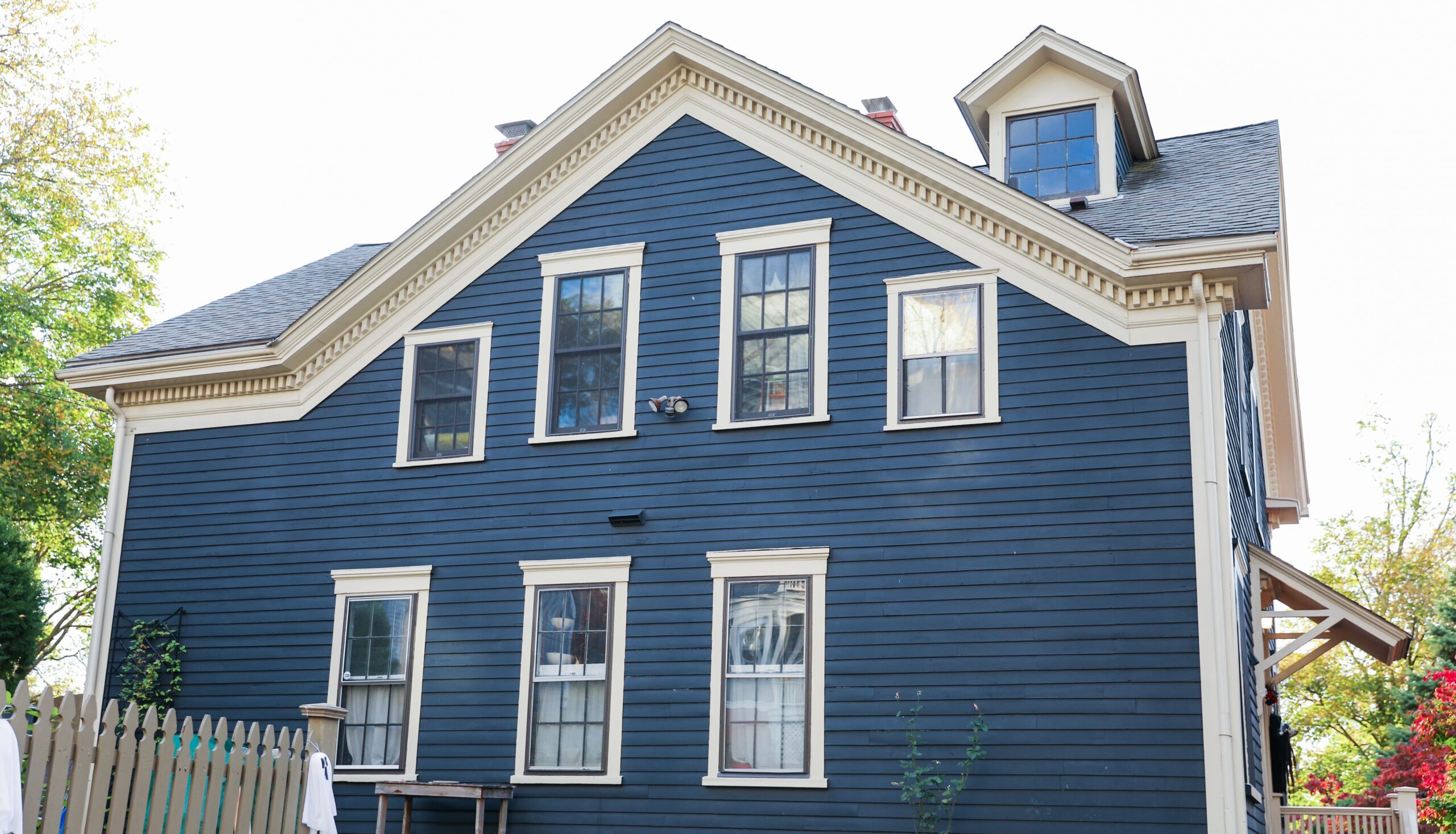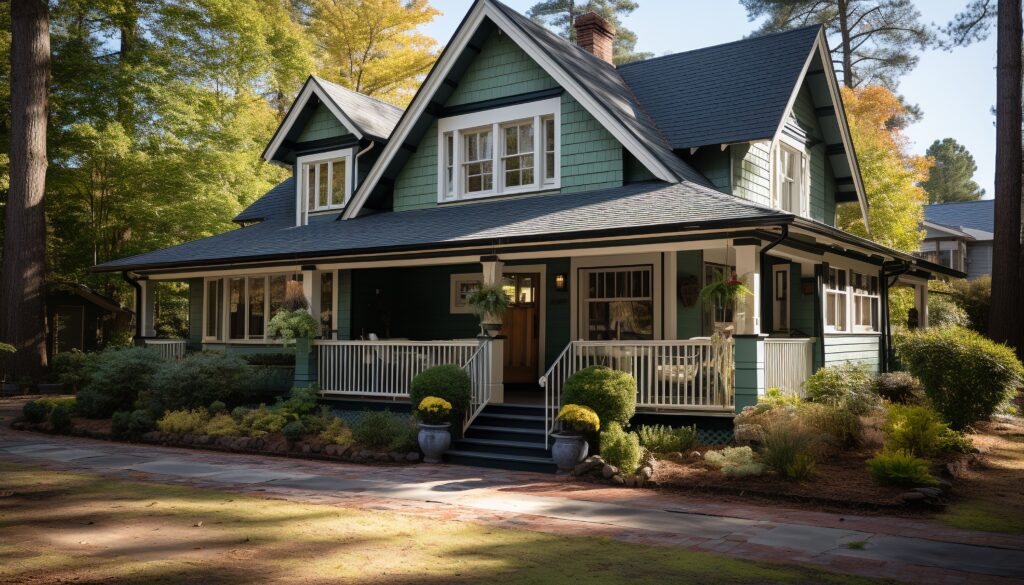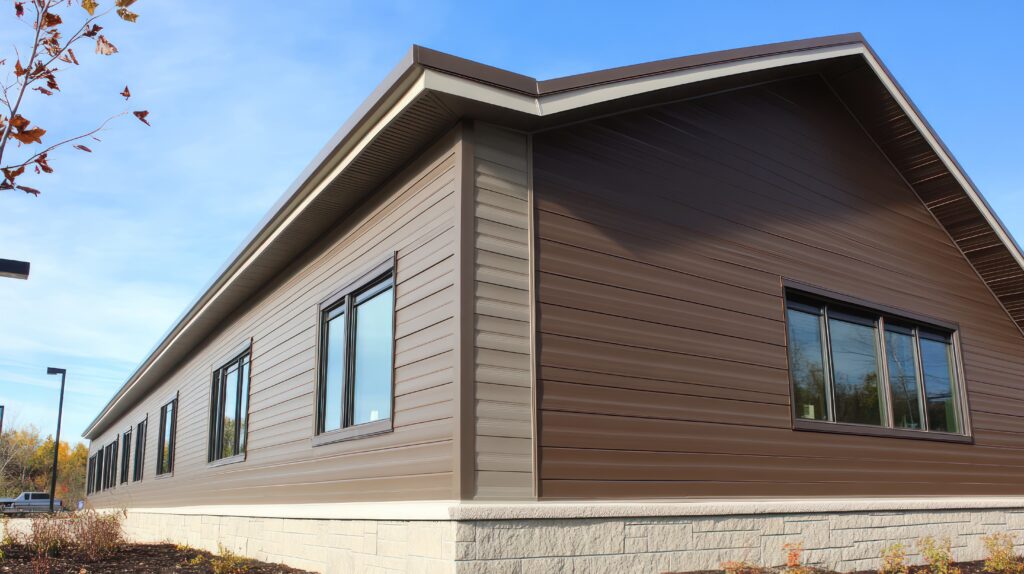Every homeowner knows the frustration of a dripping faucet or slow drain. But what starts small can quickly become a major issue. When it comes to Plumbing Sacramento services, prevention is far more affordable than reaction. Professional plumbers don’t just fix leaks — they protect your home, your wallet, and your peace of mind by identifying potential problems before they escalate.
Why Sacramento Homeowners Face Unique Plumbing Challenges
From Midtown’s charming older homes to the expanding suburbs, Sacramento’s mix of architecture and infrastructure poses diverse plumbing demands. Many neighborhoods still rely on aging galvanized steel or clay pipes prone to corrosion, root intrusion, or collapse. Add California’s hard water and shifting soil, and you’ve got a recipe for hidden leaks and slow drains.
That’s why expert Plumbing Sacramento services are so valuable — they bring the experience and tools needed to diagnose problems quickly and prevent costly repairs later.
The Hidden Costs of Ignoring Small Issues
A minor leak might not seem urgent, but even one dripping faucet can waste up to 3,000 gallons of water a year. Hidden leaks behind walls or under floors can cause structural damage, mold growth, and inflated utility bills long before you notice visible signs. Ignoring plumbing problems only increases the cost of repair — sometimes by hundreds or thousands of dollars.
Professional plumbers know how to detect these issues early, often using specialized tools like moisture sensors and inspection cameras to locate leaks without tearing into walls.
The Value of Regular Maintenance
Routine maintenance is the most effective way to protect your plumbing system. Just as you service your car, your pipes and fixtures need attention too. Annual inspections help identify small issues — worn seals, corroded fittings, or mineral buildup — before they turn into emergencies. Sacramento’s top plumbing professionals often recommend seasonal checkups to account for temperature shifts and water pressure variations throughout the year.
Proactive care keeps your system efficient and ensures compliance with California’s evolving water conservation standards.
Professional Equipment Makes a Difference
One of the biggest advantages of hiring a professional Sacramento plumber is access to advanced tools. Plumbers use hydro-jetting machines, pipe cameras, and digital leak detectors to diagnose and solve problems with precision. This technology allows for faster, cleaner, and less invasive repairs — meaning fewer holes in your walls and less time spent waiting on fixes.
Modern plumbing isn’t just about wrenches and pipes; it’s about innovation and efficiency that homeowners can count on.
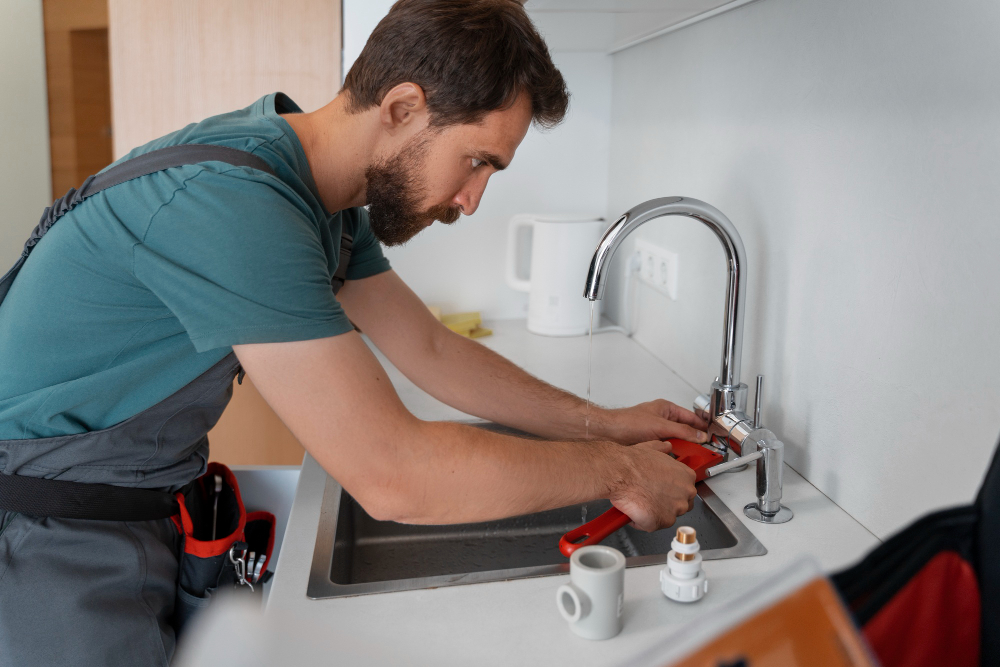
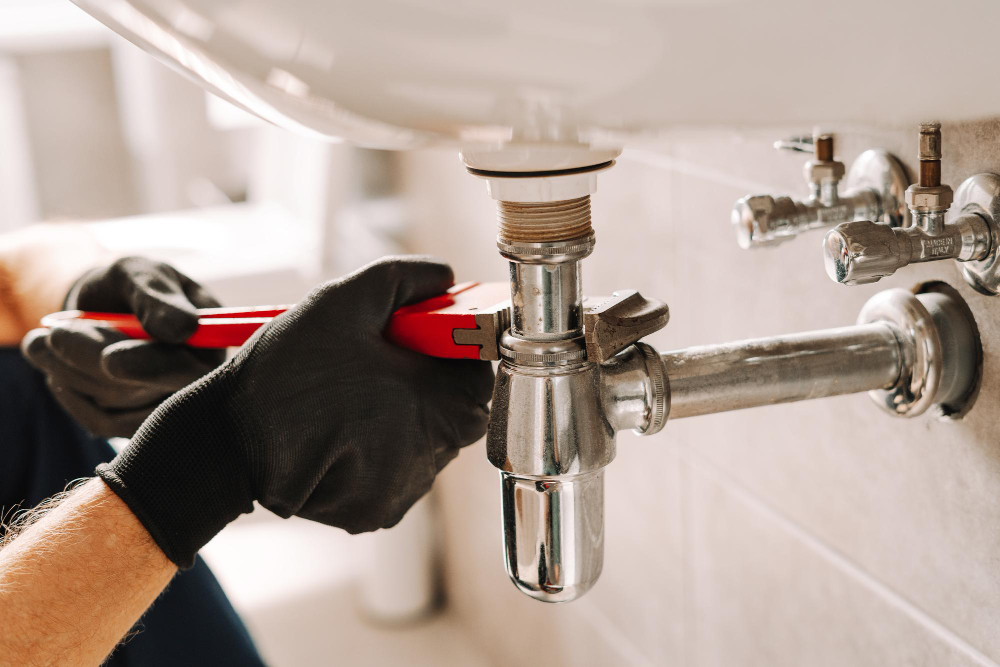
Signs You Need a Professional Plumber
It’s easy to overlook plumbing problems until they become disruptive. Here are some early warning signs that it’s time to call in the pros:
- Slow or gurgling drains
- Low water pressure in one or more fixtures
- Unexplained water spots on ceilings or floors
- Rising water bills with no visible leaks
- Discolored or cloudy water
- Persistent odors from drains or pipes
Addressing these symptoms early can prevent major damage, saving you both money and frustration.
Eco-Friendly Plumbing Solutions
As California continues to emphasize sustainability, Sacramento plumbers are adopting greener technologies and practices. Low-flow fixtures, tankless water heaters, and whole-home filtration systems help conserve water and energy without sacrificing comfort. These eco-upgrades not only reduce environmental impact but can also qualify for local rebates and lower utility costs.
According to *Smart Remodeling Community*, homeowners who switch to water-efficient systems save an average of 25% annually on water bills while improving system reliability.
Preventing Emergencies Before They Happen
Many plumbing disasters strike without warning — burst pipes, overflowing toilets, or sewer backups. The best Plumbing Sacramento professionals offer preventive services that minimize these risks. They inspect water pressure, check pipe joints, clean drains, and test shut-off valves to ensure your system performs reliably when you need it most.
Proactive service plans provide year-round peace of mind, ensuring your home stays protected through every season.
Transparency and Trust
Homeowners deserve honest service. The best plumbing companies provide clear, upfront pricing and explain every step of the process before starting work. There are no hidden fees, no surprise charges — just straightforward communication and quality results. That transparency builds trust, which is why the most reputable plumbers earn repeat customers for life.
Choosing the Right Sacramento Plumber
Not all plumbers are created equal. When hiring, look for these key indicators of professionalism:
- Active California plumbing license and insurance
- Strong local reviews and verified testimonials
- Written estimates before work begins
- Warranties on labor and materials
- Clean, respectful technicians who protect your home
Reliable plumbing isn’t just about fixing pipes — it’s about relationships built on trust, craftsmanship, and accountability.
When Replacement Is the Smarter Option
In some cases, repair costs can outweigh replacement. If your home still uses galvanized or polybutylene pipes, upgrading to modern PEX or copper can improve performance and prevent recurring leaks. Professional plumbers help homeowners assess long-term solutions that balance cost, efficiency, and sustainability.
System upgrades also enhance property value — a smart move for anyone planning to sell or remodel in the future.
Final Thoughts
Your home’s plumbing system is a network of vital components that deserves professional care. Regular maintenance, timely repairs, and modern upgrades keep your water running smoothly and your costs under control. When you need expert Plumbing Sacramento service, choose local professionals who value precision, honesty, and sustainability — because prevention is always the best investment.

